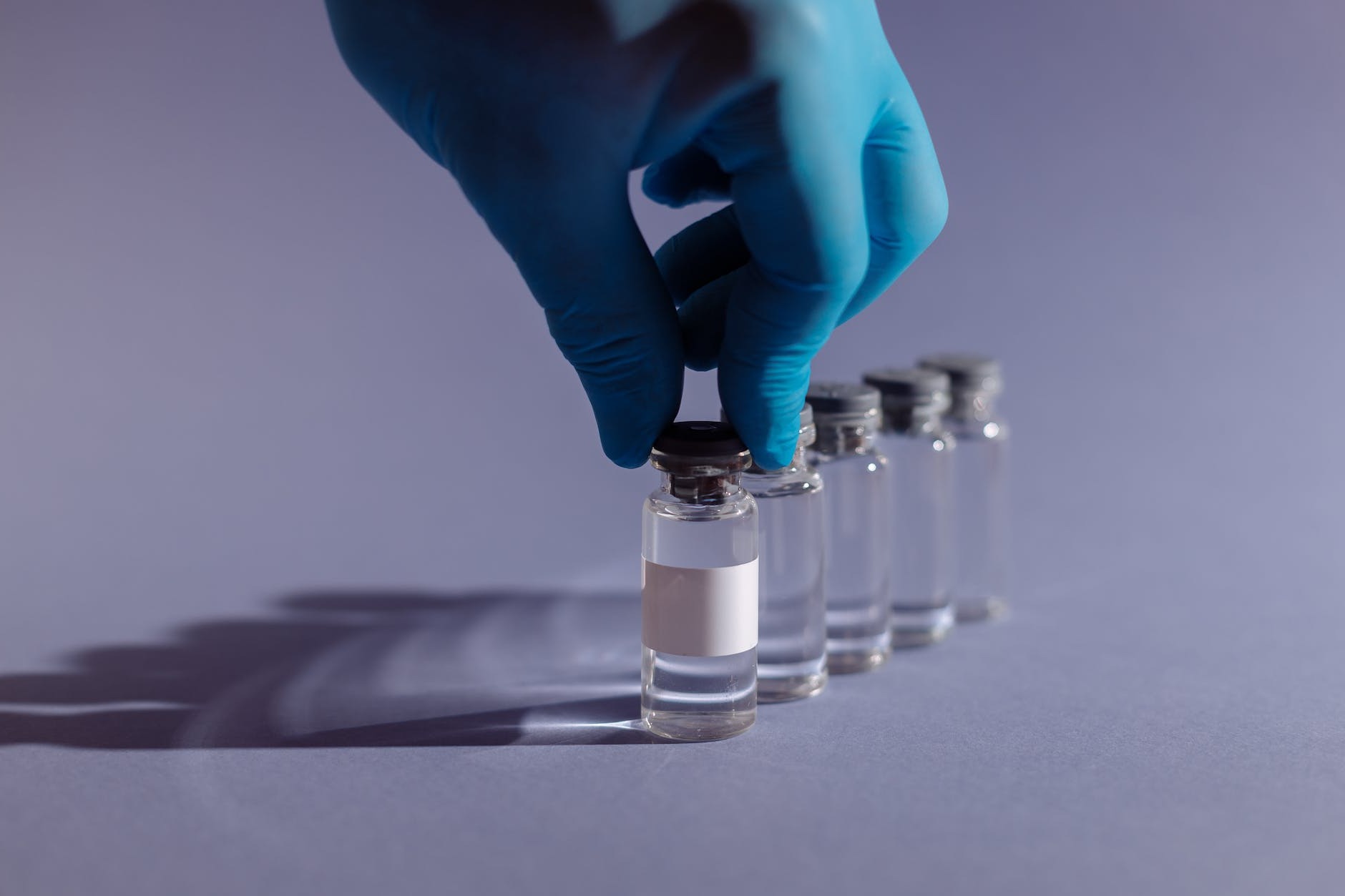
What is glucose oxidase? This enzyme, often found in fungi and insects, plays a crucial role in breaking down glucose into hydrogen peroxide and gluconic acid. Why is it important? Glucose oxidase has a wide range of applications, from food preservation to medical diagnostics. How does it work? It catalyzes the oxidation of glucose, which can be measured to monitor blood sugar levels in diabetics. Where is it used? You'll find it in glucose test strips, honey, and even in some biosensors. Why should you care? Understanding glucose oxidase can help you appreciate its impact on health, food safety, and technology. Ready to learn more? Let's dive into 40 fascinating facts about this incredible enzyme!
Key Takeaways:
- Glucose oxidase, a vital enzyme, has diverse applications in medicine, industry, and environmental protection. It's used in diabetes monitoring, food production, and even bioremediation, showing great potential for the future.
- Despite its challenges, glucose oxidase offers exciting prospects for enhanced production, new applications, and improved stability. Ongoing research may uncover novel uses in various fields, making it a promising enzyme for the future.
What is Glucose Oxidase?
Glucose oxidase is an enzyme that plays a crucial role in various biological and industrial processes. It catalyzes the oxidation of glucose to hydrogen peroxide and gluconic acid. Here are some fascinating facts about this enzyme:
-
Discovery: Glucose oxidase was first discovered in 1928 by scientists Müller and Götz.
-
Source: This enzyme is primarily derived from fungi, especially Aspergillus niger and Penicillium species.
-
Function: It helps in breaking down glucose, a simple sugar, into gluconic acid and hydrogen peroxide.
-
Structure: Glucose oxidase is a dimeric protein, meaning it consists of two identical subunits.
-
Molecular Weight: Each subunit has a molecular weight of approximately 80 kDa.
-
Cofactor: The enzyme requires a cofactor, flavin adenine dinucleotide (FAD), to function effectively.
-
Optimal pH: It works best at a pH range of 5.5 to 6.0.
-
Temperature Stability: The enzyme remains stable up to temperatures of 50°C.
Applications in Medicine
Glucose oxidase has numerous applications in the medical field, particularly in diagnostics and treatment.
-
Diabetes Monitoring: It is widely used in glucose test strips for monitoring blood sugar levels in diabetic patients.
-
Biosensors: The enzyme is a key component in biosensors that detect glucose levels in various biological samples.
-
Wound Healing: Hydrogen peroxide produced by glucose oxidase has antimicrobial properties, aiding in wound healing.
-
Antioxidant Defense: It helps in reducing oxidative stress by breaking down glucose and producing hydrogen peroxide.
-
Cancer Research: Some studies suggest that glucose oxidase can be used to target cancer cells by exploiting their high glucose consumption.
Industrial Uses
Beyond medicine, glucose oxidase has significant industrial applications.
-
Food Industry: It is used to remove glucose from egg whites and other food products to prevent browning and spoilage.
-
Baking: The enzyme improves dough stability and bread quality by strengthening gluten.
-
Wine Production: It helps in reducing glucose levels in wines, preventing unwanted fermentation.
-
Beverage Industry: Used to eliminate glucose from beverages, enhancing shelf life.
-
Dairy Products: It helps in the production of lactose-free milk by breaking down lactose into glucose and galactose.
Environmental Impact
Glucose oxidase also plays a role in environmental protection and sustainability.
-
Bioremediation: It is used in bioremediation processes to break down pollutants in the environment.
-
Waste Treatment: The enzyme helps in treating industrial waste by breaking down organic compounds.
-
Biosensors for Pollution: It is used in biosensors to detect pollutants in water and soil.
-
Renewable Energy: Some research explores its potential in biofuel cells for generating renewable energy.
Scientific Research
Ongoing research continues to uncover new aspects and applications of glucose oxidase.
-
Genetic Engineering: Scientists are exploring ways to genetically modify organisms to produce more efficient glucose oxidase.
-
Protein Engineering: Efforts are being made to engineer the enzyme for enhanced stability and activity.
-
Nanotechnology: The enzyme is being integrated into nanomaterials for advanced biosensing applications.
-
Drug Delivery: Research is investigating its potential in targeted drug delivery systems.
-
Synthetic Biology: Glucose oxidase is being used in synthetic biology to create novel biological systems.
Fun Facts
Here are some lighter, yet intriguing facts about glucose oxidase.
-
Natural Preservative: Honey contains glucose oxidase, which helps preserve it by producing hydrogen peroxide.
-
Bee Defense: Bees use the enzyme to protect their hives from microbial infections.
-
Historical Use: Ancient Egyptians unknowingly used glucose oxidase in honey for wound treatment.
-
Bioluminescence: Some bioluminescent organisms use glucose oxidase in their light-producing reactions.
-
Insect Defense: Certain insects produce glucose oxidase as a defense mechanism against predators.
Challenges and Limitations
Despite its many benefits, glucose oxidase has some challenges and limitations.
-
Stability: The enzyme can be unstable under extreme conditions, limiting its industrial applications.
-
Cost: Producing and purifying glucose oxidase can be expensive.
-
Allergic Reactions: Some individuals may have allergic reactions to products containing the enzyme.
-
Specificity: It is highly specific to glucose, limiting its use with other sugars.
-
Inhibition: Certain substances can inhibit the enzyme's activity, affecting its efficiency.
Future Prospects
The future holds exciting possibilities for glucose oxidase.
-
Enhanced Production: Advances in biotechnology may lead to more cost-effective production methods.
-
New Applications: Ongoing research is likely to uncover new applications in medicine, industry, and environmental science.
-
Improved Stability: Protein engineering may result in more stable and versatile forms of the enzyme.
The Final Scoop on Glucose Oxidase
Glucose oxidase, a fascinating enzyme, plays a crucial role in various industries. From food preservation to medical diagnostics, its applications are vast. This enzyme helps extend the shelf life of foods by reducing oxygen levels, making it a key player in the food industry. In medicine, glucose oxidase is essential for blood glucose monitoring, aiding millions of diabetics worldwide.
Moreover, its role in biosensors showcases its versatility. These sensors detect glucose levels with high precision, proving invaluable in both medical and environmental fields. The enzyme's ability to produce hydrogen peroxide also finds use in antimicrobial treatments.
Understanding glucose oxidase's multifaceted applications highlights its importance. Whether in your pantry or a medical lab, this enzyme's impact is undeniable. So next time you encounter glucose oxidase, you'll know just how vital it is to our daily lives.
Frequently Asked Questions
Was this page helpful?
Our commitment to delivering trustworthy and engaging content is at the heart of what we do. Each fact on our site is contributed by real users like you, bringing a wealth of diverse insights and information. To ensure the highest standards of accuracy and reliability, our dedicated editors meticulously review each submission. This process guarantees that the facts we share are not only fascinating but also credible. Trust in our commitment to quality and authenticity as you explore and learn with us.


